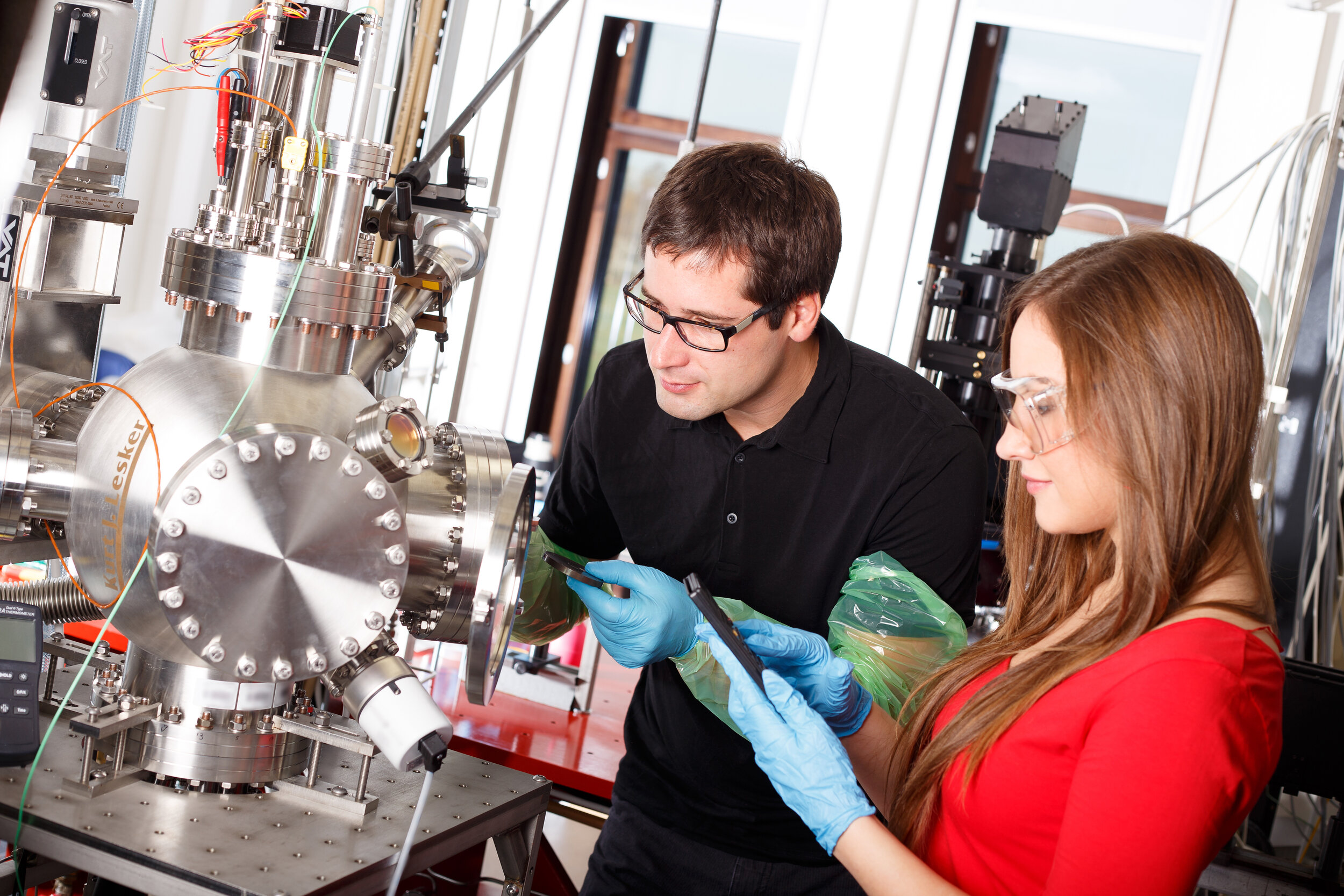The division of tasks in physics practice laboratories displays gender bias when students are allowed to choose the tasks without a teacher’s prior assignment of them.
In previous articles, we have written about the gender gap in STEM and the ways to help close it from a family and cultural perspective. However, in the case of careers oriented toward physics, gender-based differences are accentuated in the physics laboratory practices.
According to a study published in the journal, Physics Education Research, men and women assume different roles when they participate in the physics laboratory practices at their universities. The study sustains that without prior instruction, men are more prone to handle and interact with the instruments within the lab. At the same time, the women worked more on analysis tasks, writing, or report designs and presentations.
The study involved students with little experience in physics experiments, and, as part of the research, no roles or assignments were provided, leaving the students to decide these for themselves. The study showed that in most cases, students themselves divided the duties involved with the handling of lab equipment to the male students. This gender bias can be connected to the cultural aspects of how gender is perceived and how the male relates more closely to the use of technical tools and instruments.
“Be careful with that! Why don’t you give that to your brother?”
An advertisement done by Verizon in 2014 perfectly exemplifies how families socialize women to perform tasks that do not involve the use of tools perceived as complicated or not to have projects or carry out activities that interrupt what is expected in their assigned roles in the family. It is a practice that remains in force to this day.
At 35 seconds into the video, a worried voice is heard, possibly from a father, asking his daughter to give the drill they are working with to her older brother. The roles, in most cases, are established within the dynamics of the family.
Today, many families push the involvement of women in science. Still, a training oriented to a practice that involves manual work and tool management is not standard. According to the results of the study, which underscore a gender-based division of tasks, there is a need for more programs that target achieving equity in all aspects of physics education.
An effort to achieve more balanced practices based on gender in the laboratories can change the landscape and incentivize an environment in which the female students tend to use tools and lab equipment to the same extent that their male peers do it. “As the culture in physics evolves to remove systematic gender biases in the field, instructors in educational settings must remove not only explicitly biased aspects of curricula but also take active steps to ensure that potentially discriminatory aspects are not inadvertently reinforced,” concludes Katherine Quinn, a postdoctoral fellow at Princeton University’s Center for Physics and Biological Functions, who directed the study.
This article from Observatory of the Institute for the Future of Education may be shared under the terms of the license CC BY-NC-SA 4.0 
)
)


)